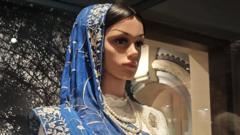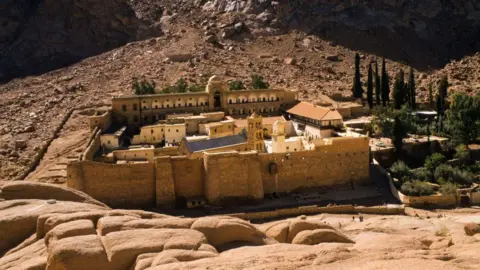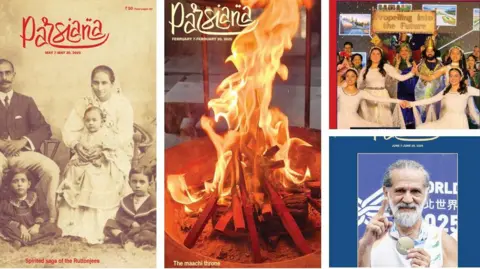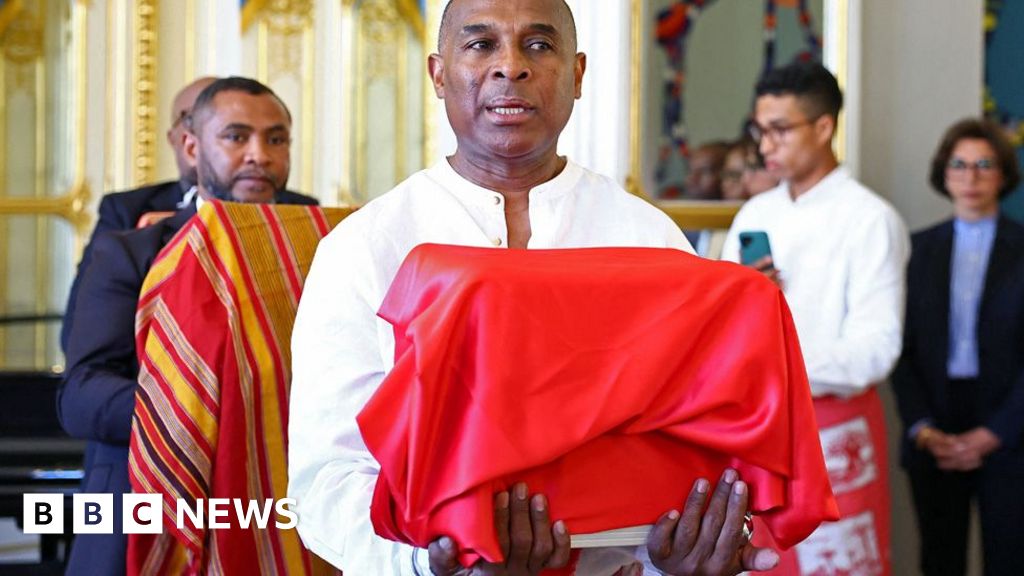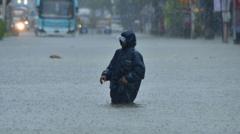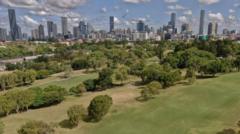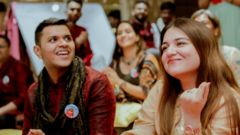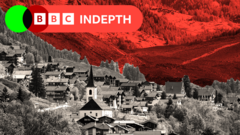Nestled in the southern part of Mumbai, the Framji Dadabhoy Alpaiwalla Museum stands as a testament to the Parsi community, followers of Zoroastrianism, one of the world’s oldest religions. This recently renovated space documents the history and impactful legacy of a diminishing group in India, estimated between 50,000 and 60,000 members, believed to be descendants of Persians who fled from religious persecution centuries ago.
The museum strives to unveil the lesser-known narratives of the Parsi community, said curator Kerman Fatakia. Among its exhibits are rare artefacts, including cuneiform bricks, terracotta vessels, and ancient coins, some sourced from Babylon and Mesopotamia, dating back to around 4000-5000 BCE. These areas were once powerful sites under Zoroastrian Iranian rulers of significant dynasties such as the Achaemenids.
Among the prominent displays is a replica of the famous Cyrus Cylinder, attributed to Cyrus the Great, known as the first charter of human rights, echoing his ideology of tolerance. Additionally, maps highlight the migration of Zoroastrians from Iran to India from the 8th to the 10th centuries due to religious oppression. The collection includes portraits of notable Parsis, such as Jamsetji Tata, founder of the Tata Group.
The museum also features unique artefacts from the 19th-century Parsi traders, who engaged in extensive commerce, especially opium, with China, influencing cultural fashions. A stunning section presents Parsi sarees that reflect diverse international styles. An intriguing replica of a fire temple allows visitors, even non-Parsis, to glimpse this sacred space off-limits in reality.
Moreover, the museum includes installations depicting the living conditions of Iranian Zoroastrians in Yazd, as well as dakhmas—'Towers of Silence'—which are utilized for funerary practices in the Parsi tradition, demonstrating the community's distinctive relationship with nature regarding death.
The Alpaiwala Museum, established in 1952 in Bombay, now incorporates contemporary displays with organized exhibits. "It’s a compact space filled with history," Fatakia asserted. The museum not only serves as a cultural beacon for Mumbai and India but also as a platform for global awareness of the rich but fading Parsi identity.

